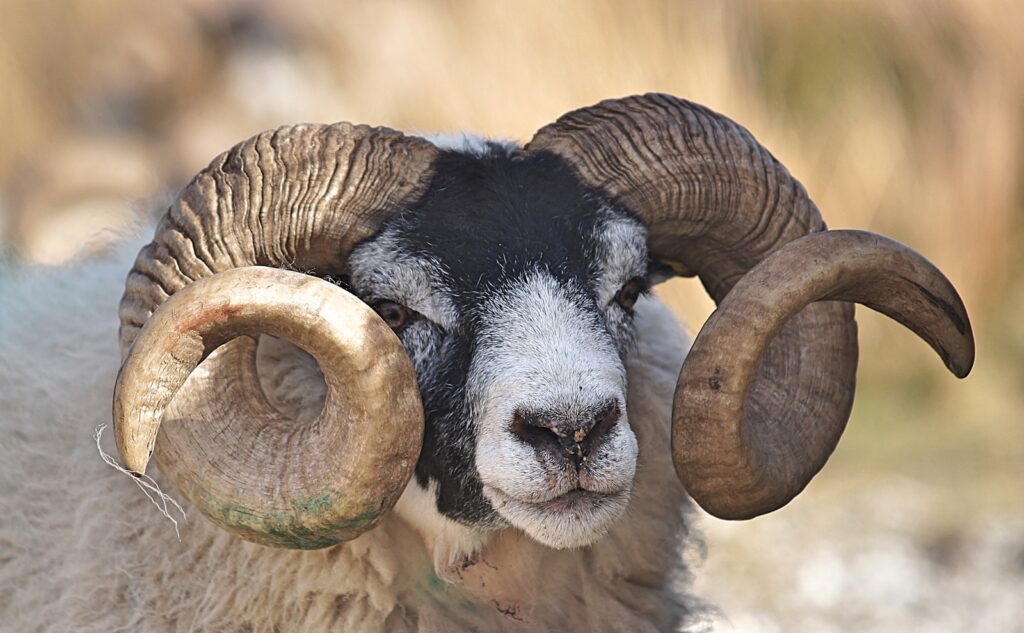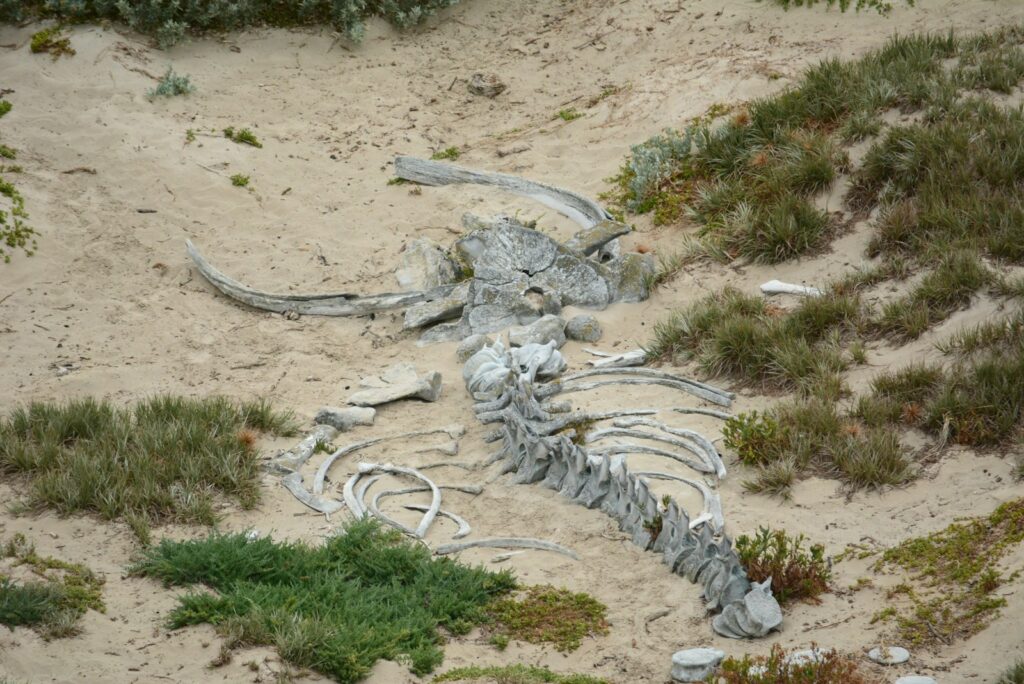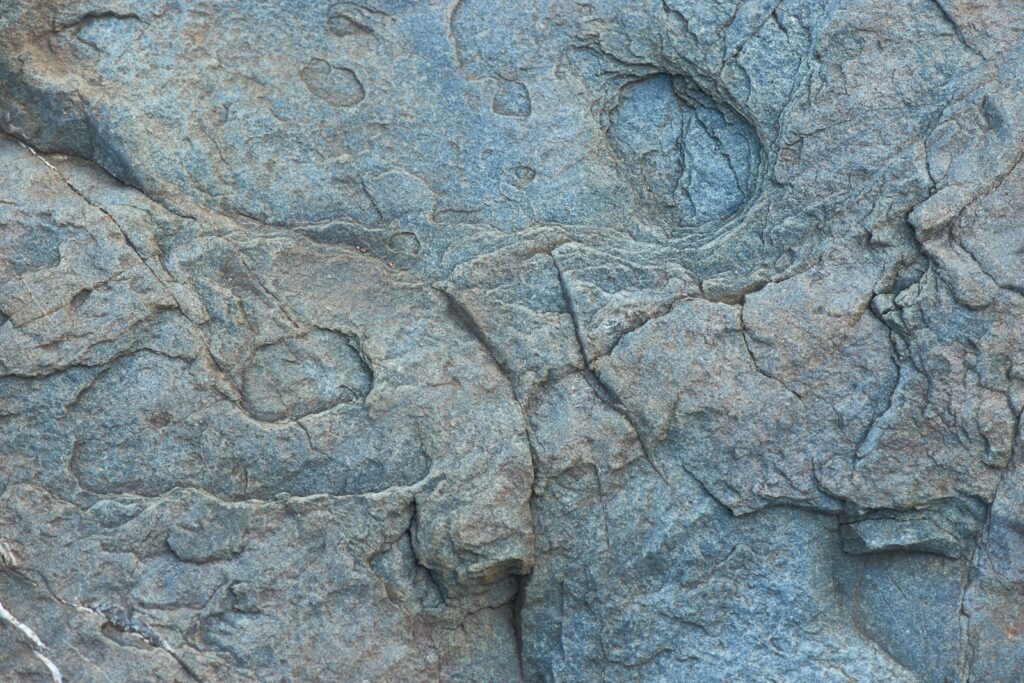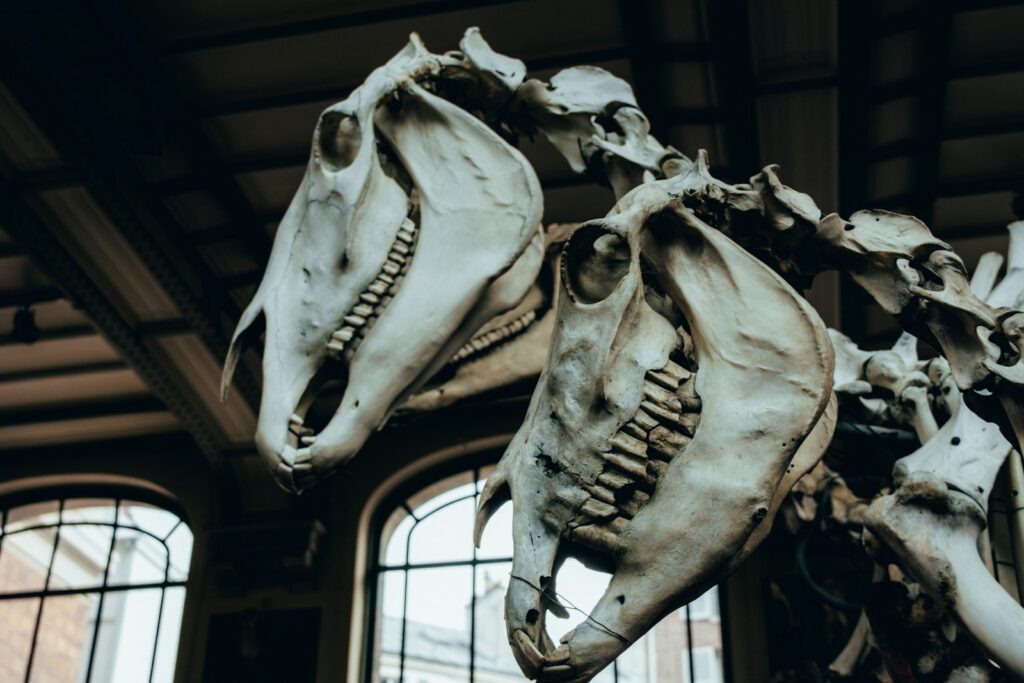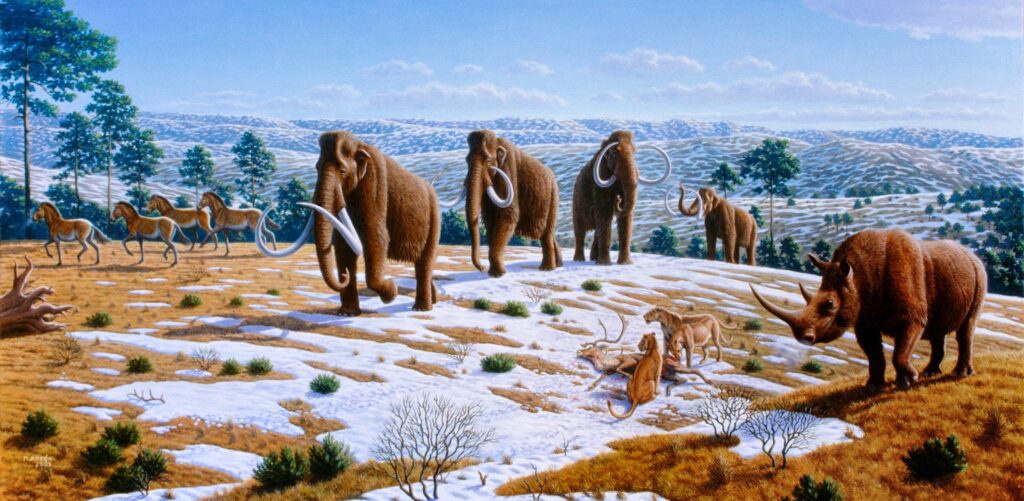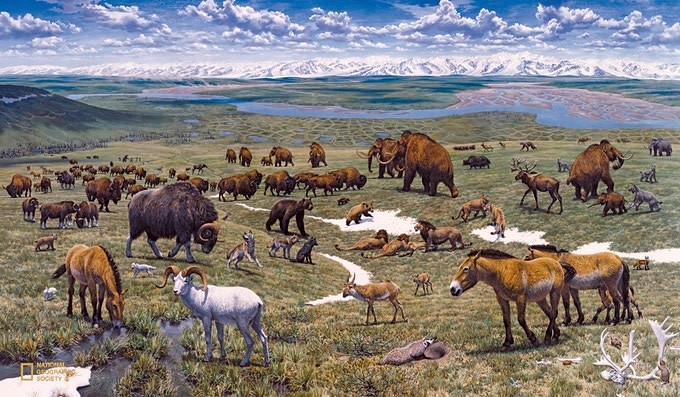Why Some Prehistoric Mammals Had Giant Horns
Prehistoric mammals with enormous horns and headgear represent some of the most fascinating evolutionary developments in the fossil record. From the massive curved tusks of the woolly mammoth to the elaborate antlers of the Irish elk, these impressive cranial structures have captivated paleontologists and the public alike. But what purpose did these sometimes unwieldy structures ...

